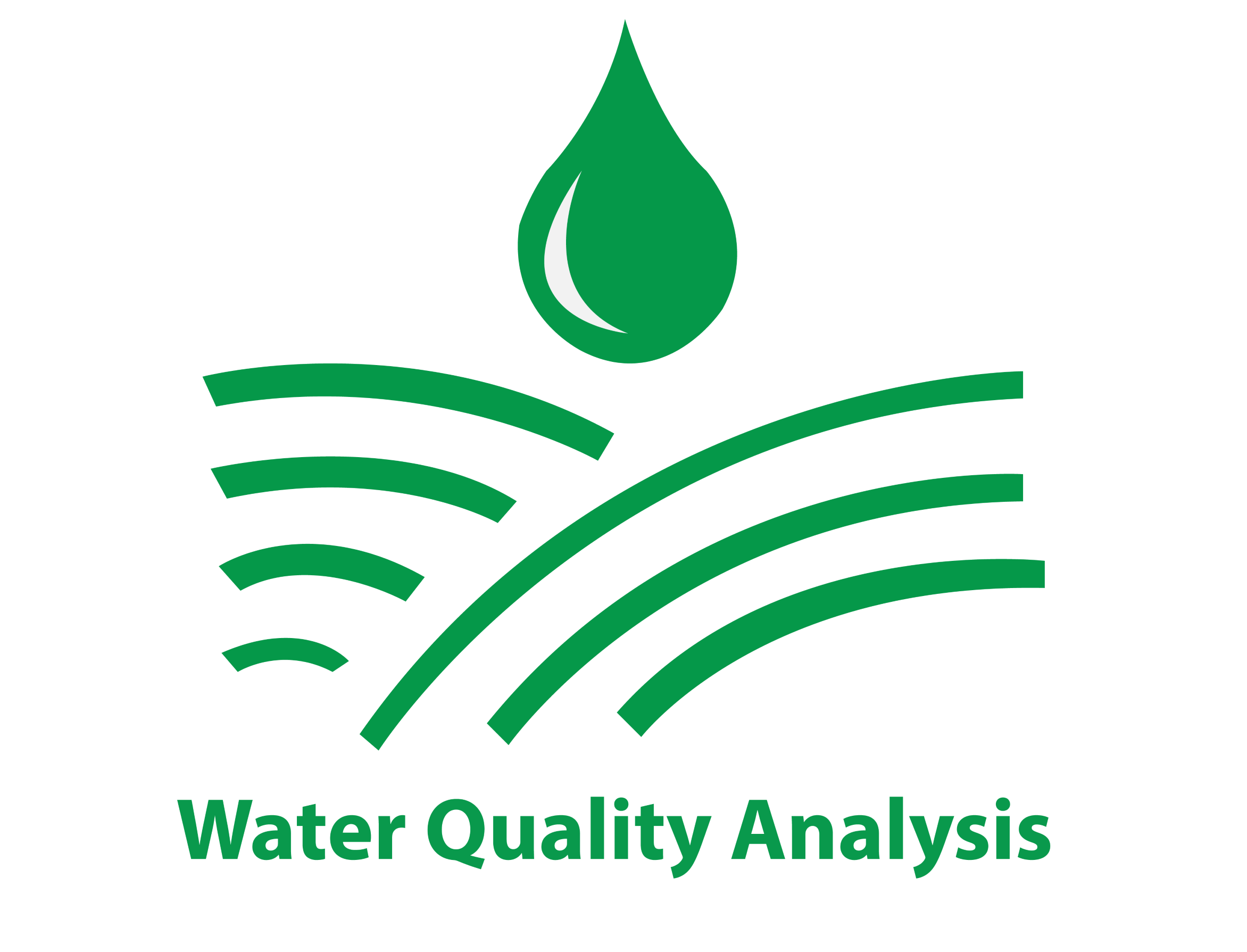
PAL provides a wide range of water testing services such as surface water, groundwater, wastewater, and drinking water testing services in addition to studying, monitoring, and auditing.

1. Surface water
Surface water is found in our reservoirs, lakes, rivers, streams, and wetlands. The river and other water sources are sensitive to the effects of pollutants. Screening of surface/environmental waters has reached new levels of importance given the proliferation of a variety of contaminants like pesticides, pharmaceutical residues, veterinary drugs, and herbicides. The challenge is to safeguard plants, wildlife, and human health while simultaneously meeting regulatory standards.
Our team at PAL is proficient in surface water analysis, with our qualified chemists testing for a wide range of compounds.
2. Groundwater
Testing groundwater is important as it helps identify existing problems, ensuring water is suitable for the intended use. This test is especially required if the water is used for drinking by humans and animals, helping track changes over time, and ascertain the effectiveness of the treatment system in place.
Some of the parameters that are usually tested are the following:
- Basic water portability
Include tests for coliform bacteria, nitrates, pH, sodium, chloride, fluoride, sulfate, iron, manganese, total dissolved solids, and water hardness.
- Coliform bacteria
Indicates the presence of microorganisms in the water that are potentially harmful to human health.
- Nitrate
A common contaminant found mainly in groundwater. High nitrate concentrations can be particularly dangerous for babies under six months since nitrate interferes with the ability of blood to carry oxygen.
- Ions
Ions such as sodium, chloride, sulfate, iron, and manganese can impart objectionable taste or odor to the water.
- Sulfate
Excessive amounts of sulfate can have a laxative effect or cause gastrointestinal irritation.
- Fluoride
Fluoride is an essential micro-nutrient, but excessive amounts can cause dental problems.
- Total dissolved solids
Represents the amount of inorganic substances (i.e. sodium, chloride, sulfate) dissolved in the water. High total dissolved solids (TDS) can reduce the palatability of water.
- Additional testing
Other tests may be appropriate if a particular contaminant is suspected in the water. For instance, groundwater sources are sometimes tested for arsenic, selenium, and uranium. Both surface and groundwater sources may also be tested for pesticide contamination.



3. Wastewater
Wastewater is one of the most important to monitor, as it is water that has been affected by human use. Increasingly strict regulations require that cleaner wastewater is discharged into both watercourses and sewer systems. Monitoring wastewater before discharge allows you to detect any potential pollutants and trigger re-treatment so that these can be removed.
Some of the most important components to test in wastewater for are, Ammonia, Chemical Oxygen Demand (COD), Electrical Conductivity, fecal Coliform, Free Chlorine Residual, Nitrates and Nitrites, Phosphates/Phosphorous, pH, Suspended Solids, and Total Kjeldahl Nitrogen.

4. Drinking water
Drinking water quality testing is important because it identifies contaminants and prevents water-borne diseases before the water is approved for consumption.
Essentially, water quality testing makes sure that water is safe and meets local and international water standards, for human as well as animal use. In addition to household water, recreational and agricultural water should also be tested.
Parameters usually tested in drinking water are as follows:
Color, Odor, Taste, Turbidity, pH value, Total Hardness (CaCO3), Iron, Chlorides, Free Residual Chlorine, Dissolved Solids, Calcium, Copper, Manganese, Sulfate, Nitrate, Fluoride, Phenolic Compounds, Mercury, Cadmium, Selenium, Arsenic, Cyanide, Lead, Zinc, Anionic detergents, Chromium, Polynuclear aromatic Hydrocarbons, Mineral Oil, Pesticides, Alkalinity, Aluminum, Boron, and Radioactive Materials.
11,972 total views, 1 views today
